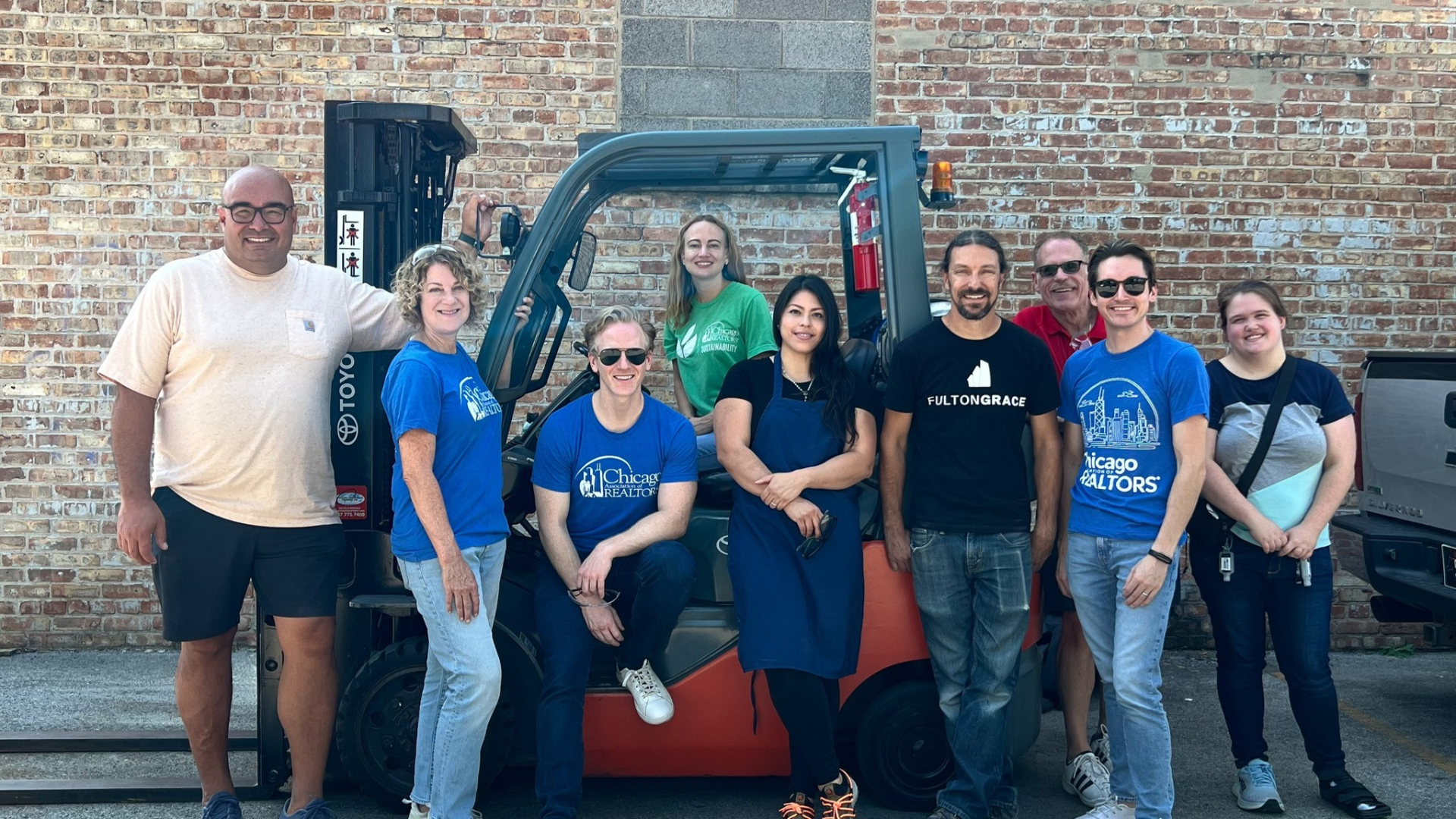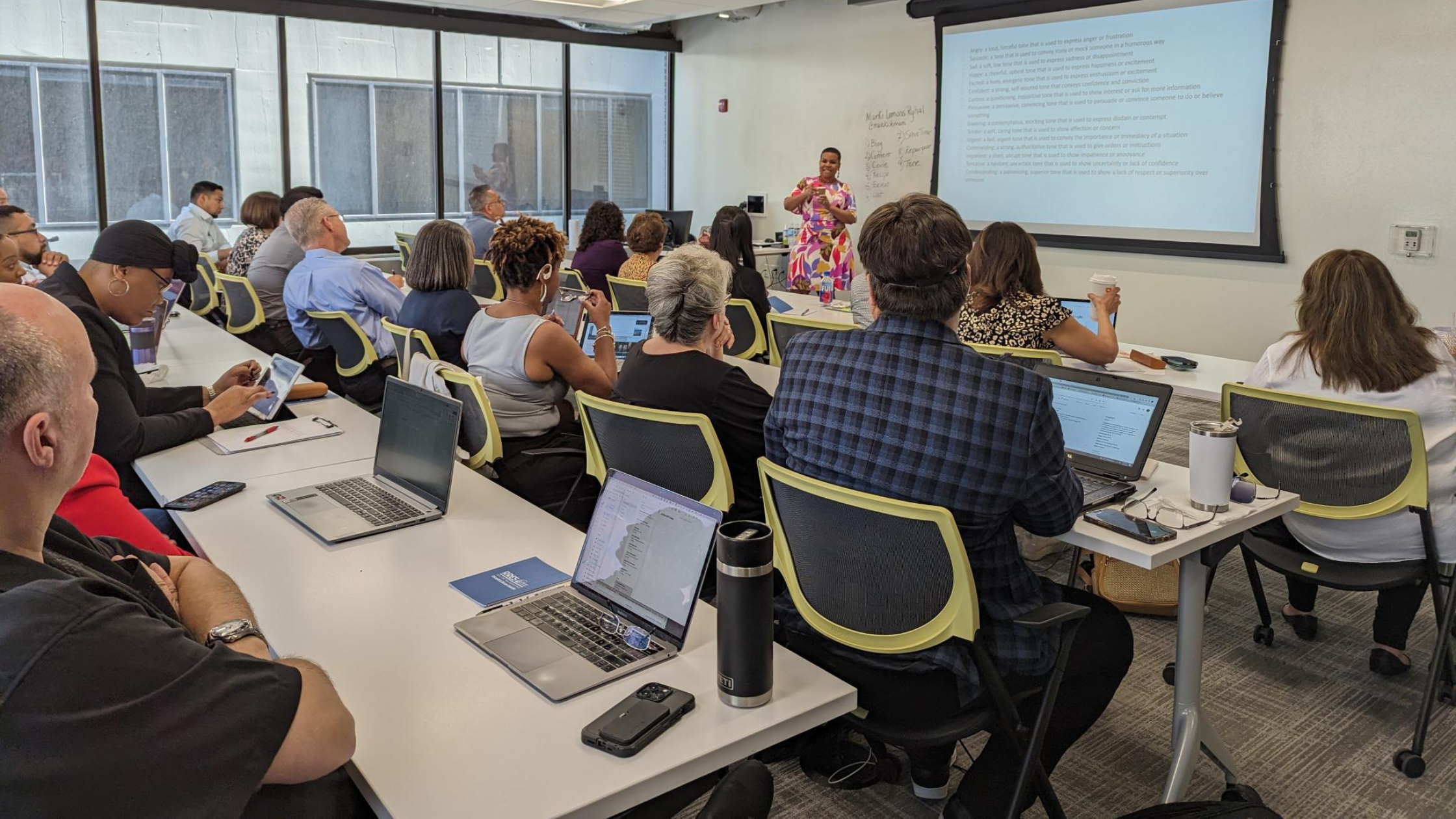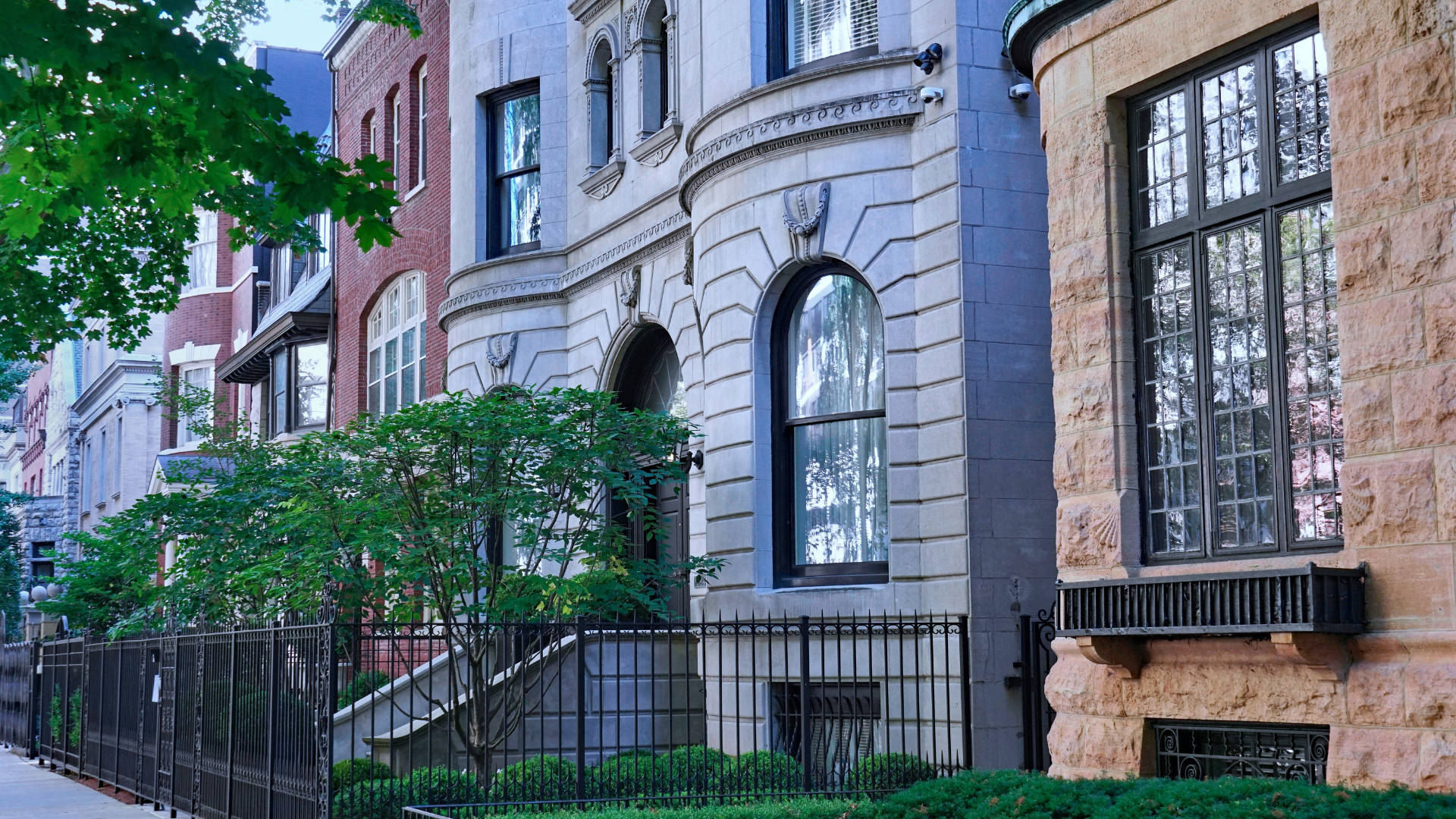The National Association of Real Estate Brokers, the national chapter of our Industry Partner, the Dearborn REALTIST® Board, has released its State of Housing in Black America (SHIBA) report. This report shows what’s impacting homeownership rates and current outcomes, and offers recommendations to bolstering homeownership within the black community.
The current black homeownership rate is 41.6 percent – the lowest since the Fair Housing Act was signed over 50 years ago, and seven percentage points below the black homeownership rate peak in 2004.
Highlights
- Gap in Homeownership: There is a sizable 30 percent gap in homeownership between blacks and non-Hispanic whites.
- Loan Applications: Total loan applications rose to 4.2 million in 2016, although they remain more than 20 percent below the 2004 peak level.
- Loan Denials: For black applicants, overall denial rates for home-purchase loans (18 percent) were more than double of non-Hispanic White applicants (9 percent). Debt-to-income and credit history were the top reasons of denial.
- Type of Loan: Black applications and originations for conventional loans increased over 2015 levels by 20 percent and 18 percent, respectively. Over the longer period, applications from and originations to blacks for conventional loans decreased by 74 percent and 69 percent, between 2004 and 2016.
- Loan Originations: Total loan originations rebounded to 3.1 million in 2016, an 11% increase over 2015.
- Loan Overpricing: Several high fees tacked on to the loan to combat risks, for up to what could be considered equivalent to the borrower making a 65 percent down payment, allowing for additional financial burdens. Higher fees and interest rates unfairly restrain potential gains in black homeownership and diminish the wealth black households achieve from homeownership. Higher cost loans also increase the likelihood of default.
- Segregation: In the 10 cities with the largest black populations, segregation remains extremely high with dissimilarity rates. Chicago tops the country with a .83 index. The continuing extent of segregated living patterns in these cities forms an important backdrop for assessing mortgage market performance.
Recommendations
Improving black homeownership requires success in three areas:
- Achieving high levels of loan applications
- Increasing loan originations
- Improving homeownership sustainability
Additionally, Government-sponsored enterprise (GSEs) should be empowered to develop innovative loan products that better meets the needs of lower- and moderate-income borrowers and applicants who have less savings for a down payment.
To address pricing by the GSEs, NAREB recommends the following:
- Ensure that pricing adequately covers expected loan losses without overcharging.
- Return to its pre-Great Recession practice of pricing based on pooling of risk.
- Require the use of credit scores that most accurately gauge the creditworthiness of black borrowers.
NAREB will continue to provide education, knowledge, advocacy and assistance for borrowers to receive safe and sound mortgage products. NAREB’s leadership is determined to reach peak levels at/or higher than in 2004 through it 2M5 initiative, faith-based initiatives and advocacy.







